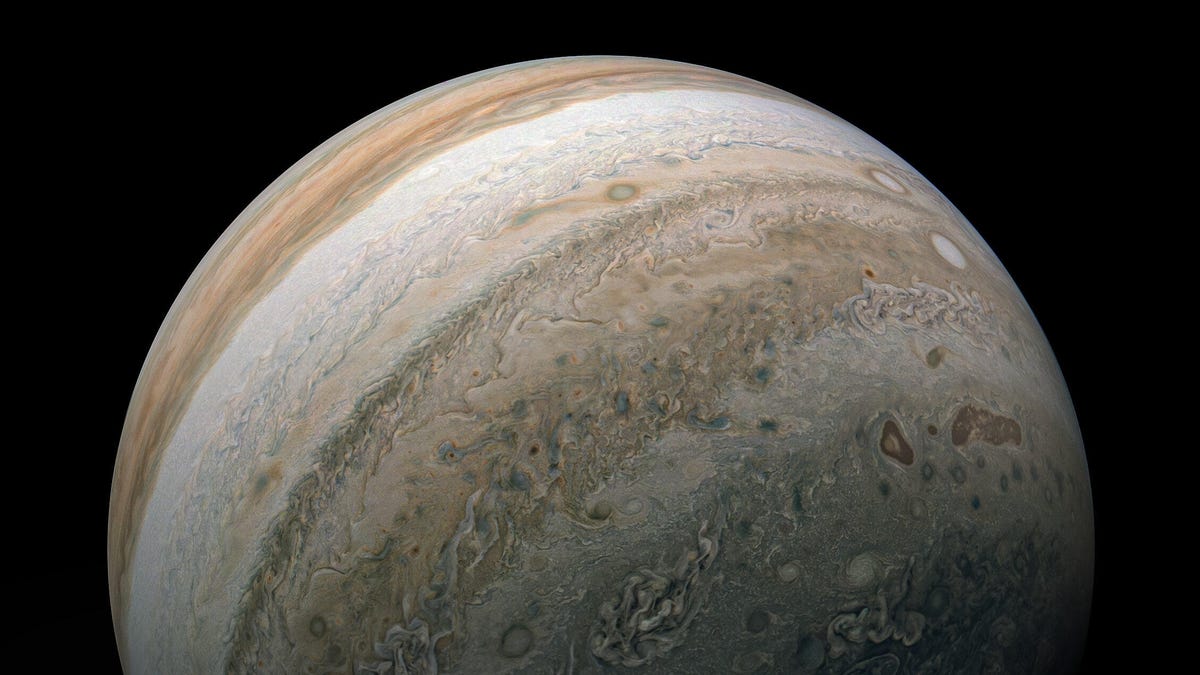Other solar systems could cram in as many as seven Earth-like planets
We might want to blame Jupiter for the lack of other habitable planets around our own sun.
Scientists love to debate and investigate the possibility of life on exoplanets, planets that are located outside our solar system. Maybe intelligent alien civilizations are incredibly rare. Maybe one of those potentially habitable exoplanets we've spotted will have some small spark of life.
We have a new number to think about when it comes to exciting exoplanets: seven. A research team led by University of California, Riverside astrobiologist Stephen Kane crunched the data and found that some stars could potentially host as many as seven Earth-like planets, so long as they don't have a Jupiter to screw things up.
Kane -- who previously investigated the possibility of habitable exomoons -- has been studying the intriguing Trappist-1 system, home to several Earth-like planets located in the star's habitable zone where liquid water could exist.
"This made me wonder about the maximum number of habitable planets it's possible for a star to have, and why our star only has one," said Kane in a UC Riverside release on Friday.
This illustration compares the Trappist-1 system and the three planets in its habitable zone (in green) with our own solar system.
The researchers created a solar system computer model and ran simulations on planet interactions over great spans of time. The data revealed that a sun-like star could support up to six planets with liquid water, while some other stars could conceivably handle up to seven.
"More than seven, and the planets become too close to each other and destabilize each other's orbits," said Kane.
While the data suggests life-packed systems could exist, we have so far spotted very few stars that appear to have multiple planets within their habitable zones. These other stars are so far away, we can't just pop over and check for signs of life.
The team published its findings in The Astronomical Journal this week. The study could help guide astronomers in the search for habitable-zone exoplanets. Kane is particularly interested in stars with collections of smaller planets.
Kane pointed a finger at massive Jupiter as the likely culprit in our own solar system's lack of life-friendly planets. He called out Jupiter's size and its impact on the orbits of the other planets in our system for why our habitable zone is so lonely. Thanks a lot, Jupiter.


